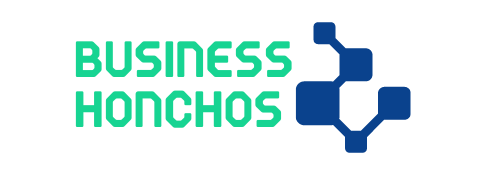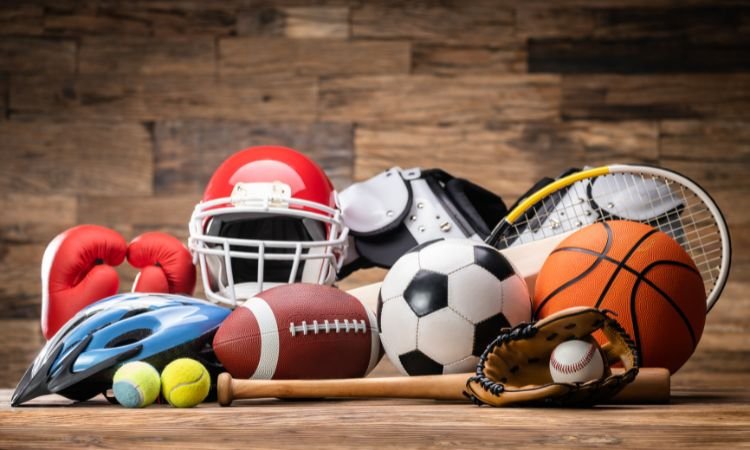In recent years, the importance of safety in sports has gained unprecedented attention, leading to a significant increase in the demand for protective gear. The global sports protective equipment market size attained a value of almost USD 9.51 billion in 2023 and is further expected to grow at a CAGR of 5.1% to reach USD 14.84 billion by 2032. This growth is driven by rising participation in various sports, increased awareness of safety measures, and advancements in technology that enhance the performance and comfort of protective gear. In this blog post, we will explore the market size and forecast, analyze product types and areas of protection, examine distribution channels, and assess regional dynamics, market drivers, and competitive landscapes.
1. Market Overview
Sports protective equipment encompasses a range of gear designed to safeguard athletes from injuries during participation in various sports. From helmets to body armor, these products play a crucial role in enhancing safety and performance. The growing number of participants in contact sports, alongside increasing concerns about head injuries, particularly in youth sports, underscores the necessity for quality protective equipment.
As the market continues to expand, innovations in materials and design are enhancing the effectiveness of these products, contributing to a robust market outlook.
2. Market Size and Forecast
The global sports protective equipment market’s growth trajectory is promising. With an estimated value of USD 9.51 billion in 2023, projections indicate a steady increase, reaching USD 14.84 billion by 2032. Factors such as the rising incidence of sports-related injuries, an increasing focus on health and wellness, and growing investment in youth sports programs are anticipated to drive this growth.
The CAGR of 5.1% highlights the sector’s resilience and adaptability, especially as manufacturers innovate and respond to consumer demands.
3. Product Type Analysis
The sports protective equipment market can be segmented into several key product categories, each catering to different safety needs:
Helmets and Face Protection
Helmets are perhaps the most recognizable piece of protective gear, crucial in sports like football, hockey, and cycling. The market for helmets and face protection is expected to experience significant growth due to increasing awareness about concussions and other head injuries. Recent innovations, including lightweight materials and advanced impact absorption technologies, are enhancing their appeal.
Body Armor and Padding
Body armor, including shoulder pads, chest protectors, and other padding, is essential in contact sports. This segment is gaining traction as athletes seek enhanced protection without compromising mobility. Manufacturers are investing in advanced materials that provide better protection and comfort, driving the segment’s growth.
Knee and Elbow Guards
Knee and elbow guards are vital for sports such as skateboarding, skiing, and motocross. These products are becoming increasingly popular among both amateur and professional athletes, contributing to steady growth in this segment. The incorporation of breathable materials and adjustable designs is enhancing user experience.
4. Areas of Protection
Understanding the areas of protection is critical for evaluating the market. Protective gear can be categorized based on the body part it safeguards:
Head & Face
This category is pivotal in preventing severe injuries. The market for head and face protection is expected to grow significantly, driven by rising awareness and regulatory measures in sports organizations to enforce safety protocols. Innovations like smart helmets, equipped with sensors to monitor impact, are also gaining traction.
Trunk & Thorax
Protecting the trunk and thorax is essential in sports like rugby and ice hockey. Manufacturers are enhancing products in this category, such as padded vests and body shields, for better fit and protection. The trend toward lightweight and flexible designs will propel growth in this segment.
Upper Extremity
Upper extremity protection, including shoulder pads and arm guards, is crucial in a variety of sports. As athletes become more competitive, the demand for effective protective gear that does not hinder movement is rising. This market segment is also likely to benefit from advancements in material technology.
Lower Extremity
Knee braces and shin guards are key components of lower extremity protection. With the rise of sports participation and the prevalence of injuries, this segment is expected to see robust growth. The integration of innovative features, such as adjustable straps and breathable fabrics, is enhancing consumer appeal.
5. Distribution Channels
The distribution of sports protective equipment plays a vital role in reaching consumers effectively. Key distribution channels include:
Specialty Retail Stores
Specialty retail stores provide expert advice and a curated selection of products, which is crucial for informed purchasing decisions. These stores often focus on quality and customer service, creating a personalized shopping experience that can influence consumer loyalty.
Others (E-commerce, Mass Retailers)
The rise of e-commerce has transformed how consumers purchase sports gear. Online platforms offer convenience and often a wider variety of products at competitive prices. The COVID-19 pandemic accelerated this trend, and many consumers now prefer shopping online for protective equipment.
6. Regional Analysis
North America
The North American market is the largest for sports protective equipment, driven by high participation rates in sports and a strong focus on safety. Major sports organizations enforce stringent safety regulations, further propelling market growth.
Europe
Europe is witnessing a growing emphasis on sports safety, with various countries implementing regulations to enhance athlete protection.
Asia-Pacific
The Asia-Pacific region is emerging as a key market, fueled by rising disposable incomes and a growing interest in sports among the youth. Countries like China and India are investing in sports infrastructure, contributing to the demand for protective equipment.
Latin America and Middle East & Africa
While these regions currently represent smaller markets, they are witnessing growth due to increased participation in sports and a rising awareness of the importance of safety gear.
7. Market Dynamics: SWOT Analysis
Strengths
- Increasing awareness about sports safety
- Continuous innovations in materials and technology
Weaknesses
- High costs associated with quality protective equipment
- Accessibility issues in certain regions
Opportunities
- Rising participation in sports and fitness activities
- Growth in youth sports programs
Threats
- Intense competition among established brands
- Regulatory changes affecting product standards
8. Competitive Landscape
The sports protective equipment market is characterized by a competitive landscape featuring both established brands and emerging players. Key companies are focusing on innovation, sustainability, and partnerships to gain market share. Notable players include Under Armour, Adidas, and Nike, all of which invest heavily in research and development to enhance product offerings.



